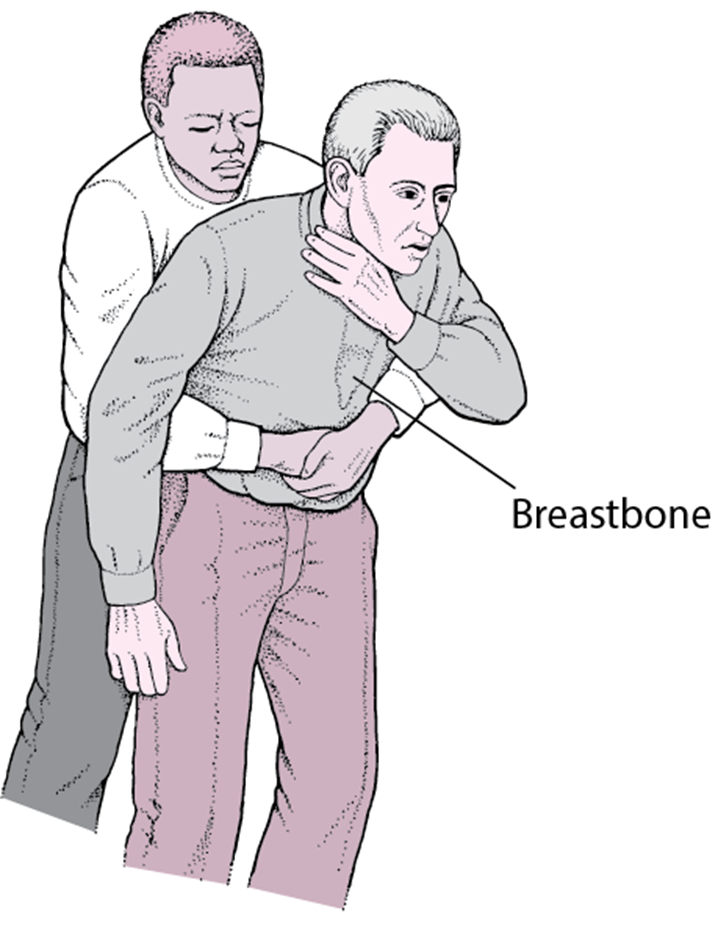A nurse is providing discharge instructions to a client who developed deep-vein thrombosis (DVT) postoperatively and is prescribed anticoagulant therapy. Which of the following instructions should the nurse include?
Wearing loose, non-constricting stockings
Applying cool compresses to her legs
Taking an NSAID tablet daily
Flexing her knees and feet frequently
The Correct Answer is D
A. Wearing loose, non-constricting stockings: This instruction is not recommended for a client with DVT. Compression stockings, which are snug-fitting, may be prescribed to prevent DVT, but loose stockings would not provide the necessary compression.
B. Applying cool compresses to her legs: Cool compresses are not typically recommended for DVT. Warm compresses may be used to improve blood circulation, but cold compresses may not be suitable.
C. Taking an NSAID tablet daily: Nonsteroidal anti-inflammatory drugs (NSAIDs) are not typically recommended for individuals with DVT, especially when on anticoagulant therapy, as they may increase the risk of bleeding.
D. Flexing her knees and feet frequently: This is the correct answer. Encouraging the client to flex her knees and feet frequently helps promote blood circulation and reduces the risk of venous stasis, which can contribute to the formation of blood clots. It is a beneficial measure for clients with DVT.
Nursing Test Bank
Naxlex Comprehensive Predictor Exams
Related Questions
Correct Answer is A
Explanation
A. Excessive thrombosis and bleeding
Disseminated Intravascular Coagulation (DIC) is a complex and serious condition characterized by widespread activation of the coagulation cascade, leading to both excessive clot formation (thrombosis) and simultaneous consumption of clotting factors and platelets, resulting in bleeding. DIC can occur as a secondary complication to various conditions such as sepsis, trauma, or obstetric complications.
B. Increased clotting factors: In DIC, there is consumption and depletion of clotting factors, not an increase.
C. Progressive increase in platelet production: Platelet production does not increase in DIC; instead, there is consumption and decreased platelet count.
D. Immediate sodium and fluid retention: DIC is not associated with immediate sodium and fluid retention; instead, it is characterized by fluid loss due to bleeding.
Correct Answer is B
Explanation
A. Instruct the woman to call 911: This is a correct action, but it should be the second step after the nurse initiates first aid measures. Directing someone to call for emergency assistance is crucial, but immediate intervention to relieve the choking takes precedence.
B. The Heimlich maneuver involves abdominal thrusts and is the recommended technique for relieving choking in a conscious person. It is essential to act quickly and decisively to clear the airway.
C. Ask the partner if he can speak: If the person is unable to speak, cough, or breathe, it may indicate complete airway obstruction. The nurse should not delay intervention by asking if the person can speak but should immediately proceed with measures to relieve the choking.
D. Perform chest compressions: Chest compressions are not indicated for a conscious choking victim. Chest compressions are performed in the context of cardiopulmonary resuscitation (CPR) for an unconscious person with no pulse.

Whether you are a student looking to ace your exams or a practicing nurse seeking to enhance your expertise , our nursing education contents will empower you with the confidence and competence to make a difference in the lives of patients and become a respected leader in the healthcare field.
Visit Naxlex, invest in your future and unlock endless possibilities with our unparalleled nursing education contents today
Report Wrong Answer on the Current Question
Do you disagree with the answer? If yes, what is your expected answer? Explain.
Kindly be descriptive with the issue you are facing.
